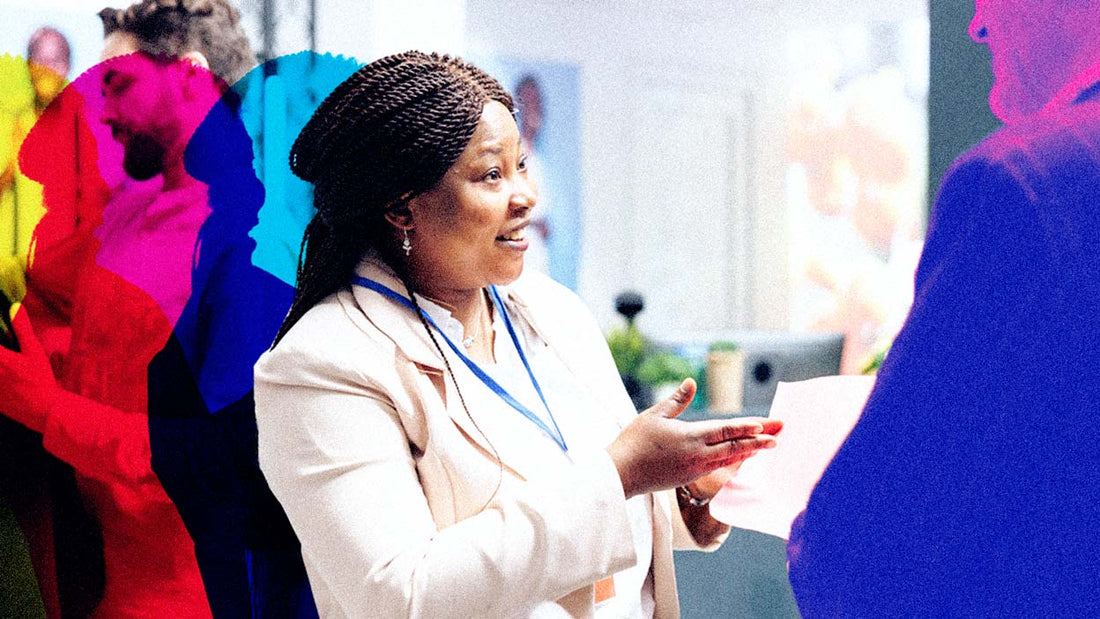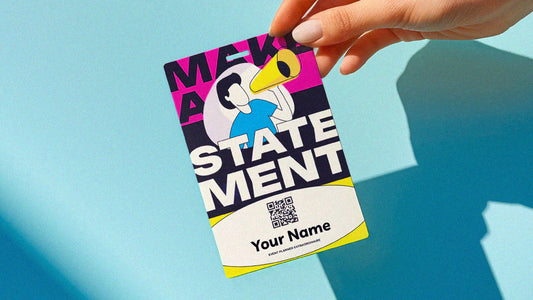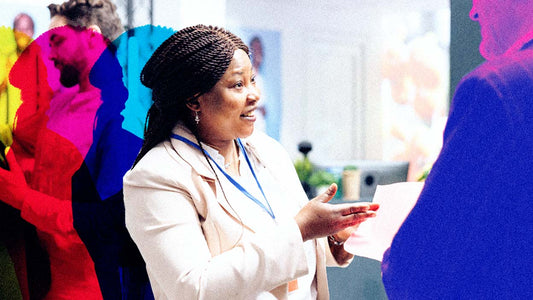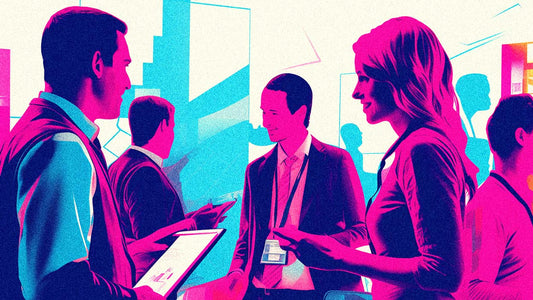When you’re managing hundreds or even thousands of moving parts, communication can make or break an event. From your internal team to vendors, sponsors, speakers, and attendees, clarity, consistency, and timing are everything.
Most event headaches don’t come from logistics themselves but from miscommunication about them. Here’s how to simplify your approach, strengthen your connections, and ensure every message, big or small, drives big wins for your next event.
1. Start with Your Core Communication Tools
Before diving into schedules and frequency, make sure your toolkit works for you, not against you. The right combination of tools creates transparency, reduces duplication, and gives every stakeholder real-time access to what matters.
Recommended tools for event planners:
✔ Project Management: Asana, Trello, or ClickUp for managing timelines and accountability.
✔ Instant Communication: Slack or Microsoft Teams for fast-moving conversations.
✔ File Sharing: Google Drive or Dropbox for artwork, badge templates, and updated registration lists.
✔ Video Conferencing: Zoom or Google Meet for vendor check-ins and client approvals.
✔ Registration and On-Site Tools: Expo Pass, Guidebook, or Cvent, especially when integrated with on-site event badge printing solutions.
💡 Pro Tip: Choose systems that integrate seamlessly with your badge printing workflow. Platforms compatible with Zebra direct thermal printers make on-site name badge printing faster and more reliable.
2. Communication Cadence: Who, When, and How Often
Consistency is your secret weapon. Below is a straightforward framework for how often you should connect with each key group leading up to an event.
Your Internal Team
⏰ Frequency: Weekly check-ins (daily during event week)
📝 Format: Quick 15-minute standups or Slack summaries
🎯 Focus: Progress updates, troubleshooting, and identifying gaps in logistics
Vendors (Catering, AV, Event Tech, Badges, etc.)
⏰ Frequency: Biweekly touch-points, then weekly two weeks before the event
📝 Format: Email summary with shared production timeline
🎯 Focus: Confirm deliverables, badge printing materials, and setup times
Ensure badge vendors have your attendee list at least 7–10 business days before the event, especially if you’re using pre-printed badges or combining with on-site direct thermal printing for last-minute additions.
Sponsors
⏰ Frequency: Monthly updates, weekly during the final month
📝 Format: Personalized recap emails or short calls
🎯 Focus: Branding placement, badge logo approvals, and signage confirmation
Clients or Executives
⏰ Frequency: Weekly or biweekly, depending on involvement
📝 Format: Formal report or concise dashboard update
🎯 Focus: Budget status, attendee engagement metrics, and risk management
Speakers
⏰ Frequency: Monthly early on, weekly as the event nears
📝 Format: Email plus updates in the event platform portal
🎯 Focus: Session logistics, AV needs, and badge pickup instructions
Attendees
⏰ Frequency: Three main touch-points - Registration confirmation, Pre-event guide (one week prior), Day-before reminder and additional event week reminders
📝 Format: Automated email and SMS reminder
🎯 Focus: Parking, session access, and how to pick up their badge
💡 Event Pro Tip: On-site event badge printing creates a smoother check-in flow. Attendees appreciate when badges are ready in seconds, not minutes.
3. Simplify Your Message
Event planners are masters of communication, but clarity beats quantity every time. The goal is to simplify the message. Every communication should answer:
❓ What do they need to know?
❓ What do they need to do?
❓ By when?
Short, bulleted updates outperform long paragraphs every time. This clear and concise style keeps responses fast and your timeline intact.
4. Create Communication Templates
Save yourself from reinventing the wheel by creating reusable templates for:
✔ Team Communication Templates
Weekly progress update, Pre-event checklist, Day-of schedule brief, Post-event debrief summary
✔ Vendor Communication Templates
Vendor confirmation, Custom event badge design + data file, Load-in/setup instructions, Payment reminder, On-site contact sheet
✔ Sponsor Communication Templates
Sponsorship welcome email, Deliverables reminder, On-site logistics details, Post-event thank you + recap report
✔ Speaker Communication Templates
Speaker confirmation, Presentation deadline reminder, AV/test run instructions, Speaker thank you email
✔ Attendee Communication Templates
Registration confirmation, Pre-event info/welcome, Last-minute reminders, Post-event thank you + survey
✔ Venue Communication Templates
Contract confirmation, Load-in schedule, Layout approval, Post-event wrap-up
✔ Marketing & PR Communication Templates
Save-the-date announcement, Press release, Social media collaboration request, Influencer/media invite
✔ Volunteer Communication Templates
Recruitment email, Training schedule, On-site role assignments, Appreciation message
✔ Executive/Stakeholder Communication Templates
Budget approval request, Progress summary, Event ROI report, Strategic planning recap
✔ Post-Event Follow-Up Templates
Survey request, Thank you notes, Metrics recap, Next-year interest inquiry
This approach streamlines your process, ensures brand consistency, and reduces the risk of missing details.
5. Close the Loop with Post-Event Follow-Up
Communication doesn’t stop when the lights go out. Within 48 hours after the event:
💼 Team: Quick debrief on what worked and what didn’t
🚚 Vendors: Final invoice and thank-you message
🤝 Sponsors: Impact report and photos of branding in action
📬 Attendees: “Thank you for joining us” email with event highlights
This is your opportunity to turn one-time contacts into long-term relationships.
The best event planners aren’t just masters of logistics - they’re masters of communication rhythm. When everyone is on the same page, the event feels effortless, even if the behind-the-scenes work is anything but.
A little small talk, done with strategy and consistency, can lead to big wins.






